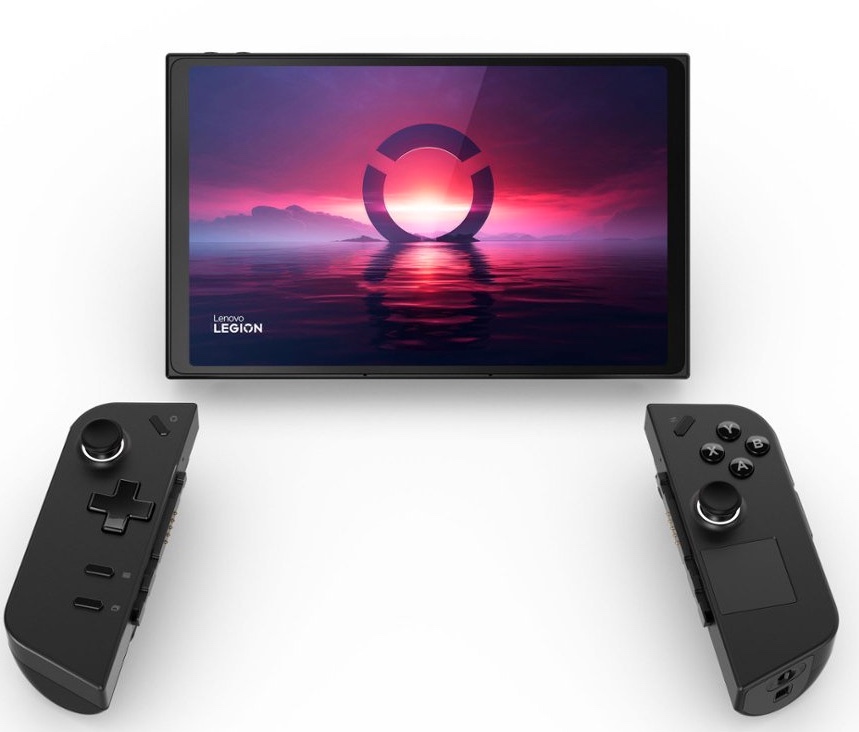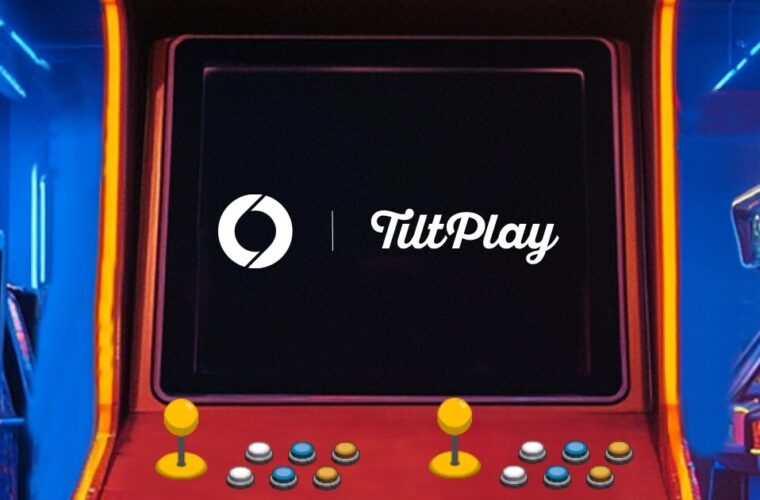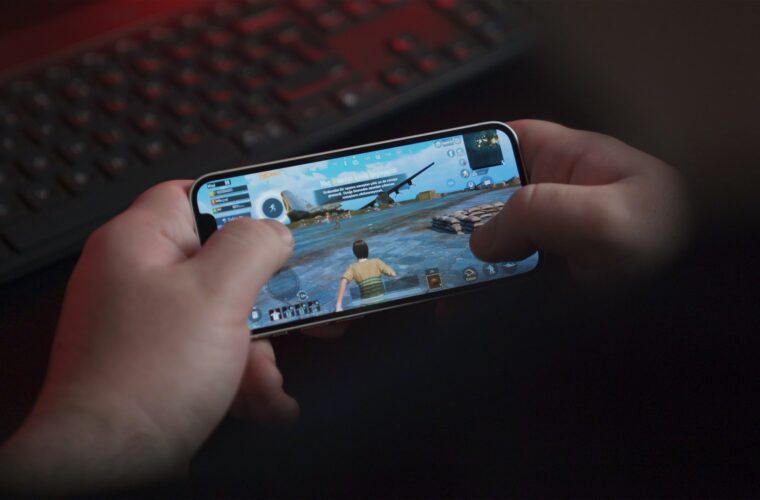Lenovo Legion Go: gaming, video, study and work, a device without limits
Lenovo Legion Go: The sector of ‘handled’ devices, i.e. those that can be held with two hands, is beginning to be quite inflated. After Steam, many other brands have entered a market that caters mainly to gaming enthusiasts, but not only. The perfect emblem of this trend is Lenovo’s Legion Go, a portable console that is hard to define as such, given the degree of versatility it achieves, so much so that it can turn into a small tablet if necessary, still with the basic power of Windows 11 in its full version, thus open to uses for study, work, but also for watching a film or ‘playing’ with Copilot’s artificial intelligence. The price is not for everyone: it starts at EUR 799 but is in line with the demands of gaming laptops with different sizes and features.
What it looks like
Let’s talk about size: a huge 8.8-inch display that is the beating heart of the whole experience. From here, an indefinite (so to speak) series of buttons to customize and make the most of starts. Perhaps there are just too many of them, so much so that the average user will find himself not using them except in the classic combination X, Y, A and B. One peculiarity immediately jumps out at you: under the main pad, there is a small touchpad replicating that of a notebook. It can be used to move the dartboard within Windows 11 instead of relying solely on fingers or analogue sticks.
In terms of connectivity, we have two USB-C ports, both for charging or docking external devices, a classic headphone jack, a port for expanding memory via microSD cards and two top fans, which dissipate heat optimally. Never, even after hours of gaming, do you feel the need to put the console down because the temperature is too high. In addition to installing games in memory, with a 512 GB disk, you can access virtually any cloud gaming platform, from Xbox Game Pass to Steam. Considering the opportunity also to buy an emulator of past titles, the fun is practically unlimited.

What it transforms into
But, as anticipated, the beauty of the Lenovo Legion Go is its versatility. On the back, at the bottom of the two controllers, there is a little button that, when pressed, allows you to detach the gamepads and leave the display alone as if it were a real tablet. Admittedly, it doesn’t feel like an iPad, given the weight and thickness. Still, Lenovo had the nice idea of including a Microsoft Surface-like stand on the back with which to hold the Legion Go stationary at a variety of angles. This makes it easy to use as a multimedia device and, if you want, to play games, too, keeping the two gamepad portions detached and connected via Bluetooth to the console. Nintendo Switch has led the way, and Lenovo has taken the lesson on board.
Inside the box, along with the usual cables and a handy travel case, is a dock, a circular ring into which the right gamepad can be magnetically inserted. By turning it vertically and activating the Fps mode, this turns into an ergonomic mouse, like those we are used to. It will take a while to get the hang of it. Still, at that point, you will be able to use the configuration both to run Windows 11 with all the programs you want and even to play games as you would with a computer, i.e. with even greater precision in shooter titles or similar. To date, nothing similar exists in the hand-held console segment.
Is it worth it?
Reviewing a console like the Lenovo Legion Go is very difficult in proportion to what it can do. It’s not just a gaming device; it’s not notebook-sized, and it certainly doesn’t have the autonomy of a smartphone (ideally, 3 to 5 hours of ‘quiet’ use). The good thing is that it does well in every situation you compare it to in comparison to specific products. For those who already have a computer, it can become an ideal multimedia companion, even a replacement in some cases, considering a very nice panel even though it is smaller than the classic 10-inch tablet. Lenovo’s effort to make an all-in-one gadget is more than successful, so much so that the Legion Go can stand as a reference model for anyone intending to launch something even remotely similar in the future.



